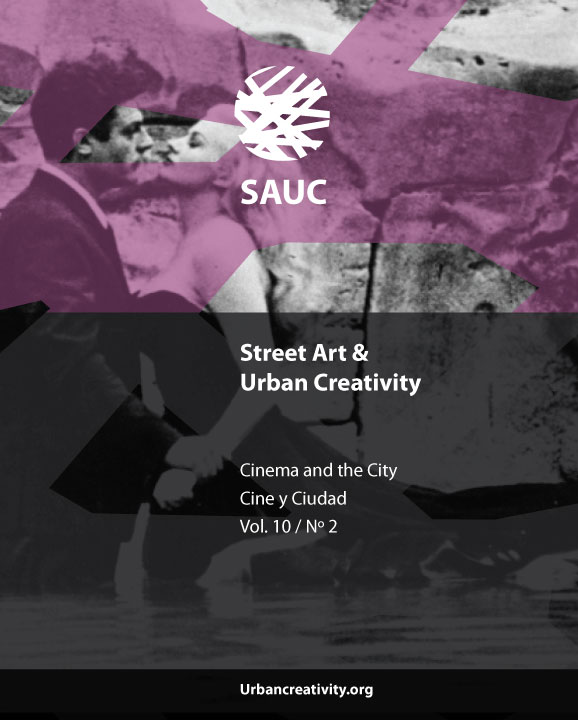Exploring the Intersection of Film, City, and Tourism
A Systematic Literature Review
DOI:
https://doi.org/10.25765/sauc.v10i2.951Keywords:
Cinema, city, tourism, audiovisual, city representation, filmAbstract
Tourism is a social phenomenon that has global economic impact. Similarly, cinema has the ability to influence tourism through its representation of different spaces and cities. This representation shapes the public’s perception of these places, making them potential tourist destinations. Cinema can transform unfamiliar spaces into new attractions, whether through romantic narratives or by showcasing locations and scenes that subsequently inspire the audience to recreate them, feeling like protagonists in their own stories. Given its potential impact on tourism, this research poses the following question: What are the key aspects addressed by academic studies that explore the interaction between film, city, and tourism? The objective is to highlight trends in academic research related to the relationship between film, city, and tourism, as well as to explore the various theoretical and methodological perspectives used. This investigation is conducted through a systematic literature review, demonstrating the effects of city representation in cinema on the promotion of prominent tourist destinations. Among the main contributions is the portrayal of the city as a tourist space depicted in film based on the studied scientific literature, along with the opportunity to identify existing knowledge gaps in this field.
Downloads
Global Statistics ℹ️
|
508
Views
|
255
Downloads
|
|
763
Total
|
|
Downloads
Published
How to Cite
Issue
Section
License
Those authors who publish in this journal accept the following terms:
-
Authors retain copyright.
-
Authors transfer to the journal the right of first publication. The journal also owns the publishing rights.
-
All published contents are governed by an Attribution-NoDerivatives 4.0 International License.
Access the informative version and legal text of the license. By virtue of this, third parties are allowed to use what is published as long as they mention the authorship of the work and the first publication in this journal. If you transform the material, you may not distribute the modified work. -
Authors may make other independent and additional contractual arrangements for non-exclusive distribution of the version of the article published in this journal (e.g., inclusion in an institutional repository or publication in a book) as long as they clearly indicate that the work was first published in this journal.
- Authors are allowed and recommended to publish their work on the Internet (for example on institutional and personal websites), following the publication of, and referencing the journal, as this could lead to constructive exchanges and a more extensive and quick circulation of published works (see The Effect of Open Access).













